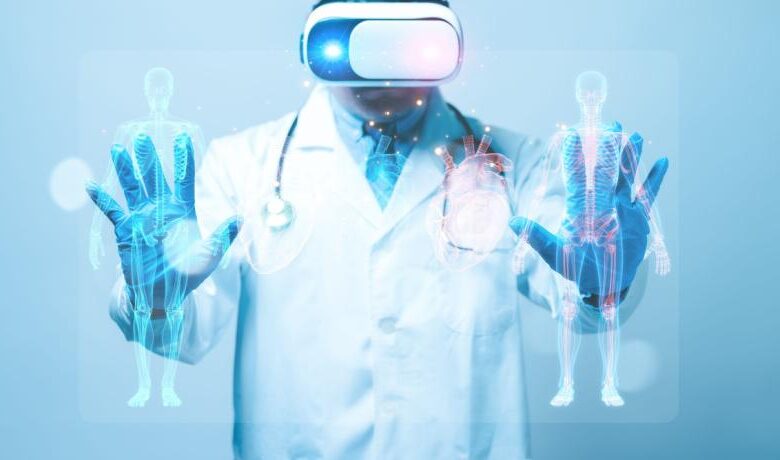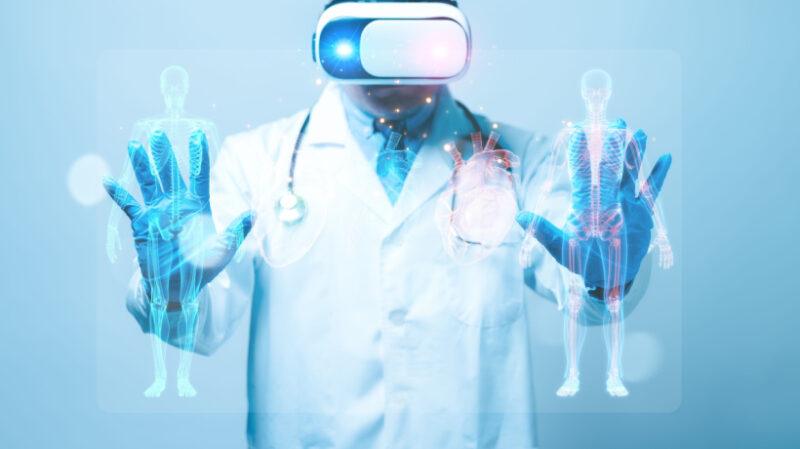Gamification In Medical Education: Leveling Up Learning


The Benefits Of Gamification In Medical Education
Firstly, what is gamification? Gamification is the application of game-like elements, principles, and mechanics in nongame contexts to engage and motivate individuals. It involves incorporating elements commonly found in games, such as points, badges, leaderboards, challenges, and rewards, into activities that are not inherently games. In various fields, including education, business, and healthcare, gamification is used to enhance engagement, participation, and motivation. The goal is to make tasks more enjoyable and compelling by tapping into people’s natural desire for competition, achievement, and recognition. In the context of medical education, gamification might involve using interactive simulations, quizzes, or virtual patient scenarios to create a more dynamic and engaging learning experience for students. It aims to improve knowledge retention, problem-solving skills, and overall learner motivation by applying principles inspired by the mechanics of games.
10 Key Advantages
1. Increased Engagement
Gamification makes learning more enjoyable and engaging. The use of game elements, such as points, badges, and leaderboards, motivates medical students to actively participate in the learning process. This heightened engagement can lead to improved retention of information.
2. Enhanced Learning Retention
Interactive and immersive experiences in gamified medical education can enhance memory retention. The use of scenarios, simulations, and case studies in a game format allows students to apply theoretical knowledge to practical situations, reinforcing learning outcomes.
3. Realistic Simulations
Gamification allows for the creation of realistic medical scenarios in a safe and controlled environment. Simulations can replicate complex medical situations, surgeries, or patient interactions, providing students with valuable hands-on experience without the risks associated with real-life scenarios.
4. Effective Problem-Solving Skills
Games often require players to solve problems, make decisions, and think critically. When applied to medical education, gamification encourages students to develop and apply problem-solving skills in diagnosing and treating patients, preparing them for the challenges they may face in their medical careers.
5. Team Collaboration
Many medical scenarios require collaboration among healthcare professionals. Gamification can incorporate team-based activities, fostering collaboration, communication, and interpersonal skills among medical students. This is particularly valuable in preparing them for real-world healthcare environments.
6. Instant Feedback And Progress Tracking
Gamified platforms can provide instant feedback on performance, allowing students to understand their strengths and areas for improvement. Progress tracking and performance analytics help both students and educators monitor individual and group achievements, allowing for targeted interventions when necessary.
7. Promotes Behavior Change
In areas like health and wellness, gamification has been used to encourage positive behavior changes. Apps and programs that incorporate game elements can motivate individuals to adopt healthier habits, track progress, and achieve fitness goals.
8. Adaptive Learning
Gamification platforms can adapt to the individual learning styles and pace of students. Personalized learning paths, based on the student’s performance, ensure that each learner receives content and challenges suited to their proficiency level, optimizing the learning experience.
9. Motivation And Goal Achievement
By incorporating elements such as rewards, achievements, and progression levels, gamification taps into intrinsic motivation, encouraging students to set and achieve learning goals. The sense of accomplishment gained from completing levels or earning badges can boost self-esteem and motivation.
10. Continued Professional Development
Gamification can extend beyond medical school into continued professional development for healthcare professionals. Ongoing gamified training modules can help doctors, nurses, and other healthcare workers stay updated on the latest medical advancements and procedures throughout their careers.
Examples Of Gamification In Medical Education
Gamification in medical study involves integrating game elements into the learning process to enhance engagement and knowledge retention.
Virtual Patient Simulations
Some platforms provide virtual surgeries and patient scenarios. Medical students can practice procedures and decision-making in a simulated environment, earning points for successful outcomes.
Medical Quiz Apps
Medical quiz apps offer questions on various specialties. Users can test their knowledge, earn points for correct answers, and compete with peers, promoting self-assessment and continuous learning.
Serious Games Or Diagnoses
Games can challenge medical students to diagnose virtual patients based on symptoms and clinical presentations. Correct diagnoses earn points, contributing to a competitive and educational experience.
Gamified Anatomy Learning
There are apps which use spaced repetition and incorporate gamified elements to help students memorize anatomy. Users are presented with flashcards and earn rewards for recalling information correctly.
Escape Room Challenges
Medical schools organize escape room challenges where students work in teams to solve medical-themed puzzles and cases. Successful completion of challenges rewards participants, fostering teamwork and critical thinking.
Patient Case Challenges
Platforms present real patient cases to medical students who act as virtual detectives to solve diagnostic mysteries. Students earn points for accurate diagnoses and proposed treatments.
Competitive Learning Platforms
Learning Management Systems with gamified features allow instructors to create quizzes, assignments, and discussions. Students earn points for participation, achievement, and timely completion of tasks.
Flashcards Gamified
Gamified flashcards for visual learners are designed for rapid recall and retention. Students play using ninjas and medical weapons to slash and slay high-yield multiple-choice questions, in a time-based rapid study.
Gamified Medical Board Review
Some board review courses incorporate gamified elements, such as timed quizzes, progress tracking, and virtual rewards for achieving milestones. These features enhance motivation and provide a sense of accomplishment.
Augmented Reality (AR) Applications
AR apps use immersive experiences to explore 3D models of the human body. Users can interact with virtual organs and structures, making the learning process more engaging.
Medical Jeopardy Or Trivia Games
Hosting medical Jeopardy or trivia competitions in a classroom setting or online platform allows students to compete individually or in teams, answering questions related to various medical topics.
Simulation-Based Learning Modules
Integrating gamified simulations into the curriculum, where students manage virtual patients, make decisions, and see the consequences in a controlled environment, promotes critical thinking and clinical decision-making skills.
These examples demonstrate how gamification is applied in medical education to create interactive, engaging, and effective learning experiences for students. By incorporating game elements, educators can enhance motivation, knowledge retention, and overall learning outcomes.
Conclusion
In summary, gamification in medical education offers a dynamic and effective approach to learning by promoting engagement, retention, problem-solving skills, and collaboration. Integrating these elements into medical curricula can contribute to producing well-prepared and motivated healthcare professionals.
Source link



